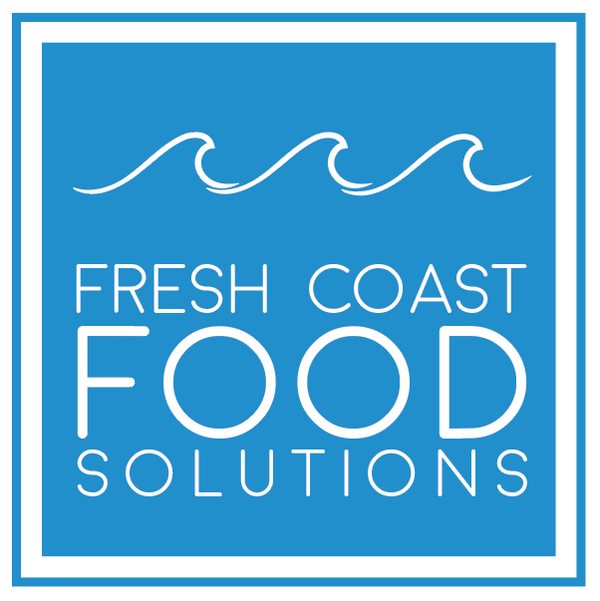Top 5 Must-Know Tips for Pricing Food Products
So you've perfected a delectable dish or a mouthwatering pastry, and you're ready to share it with the world! But before you whip up a batch for your local market, there's one crucial step: pricing your food products. Fear not, fellow foodpreneur, because this guide will equip you with the knowledge to price your culinary creations for profit!
Step 1: Know Your Costs
This is where the magic happens! Grab a pen and paper (or your favorite spreadsheet; Fresh Coast Incubator has one for you) and write down every expense involved in making your product. Here's a breakdown:
- Ingredients: Factor in the cost of each ingredient used in your recipe. Remember to account for waste and spillage.
- Packaging: Consider the cost of containers, labels, and any other materials needed to present your product.
- Labor: If you're making the product yourself, calculate the hourly cost of your time.
- Overhead: This is the cost of your space, rent, marketing, samples, etc.
Step 2: Calculate Your Break-Even Price
Now comes the math, but don't worry, it's a simple addition problem! Add up all the costs you identified in Step 1. This total represents the minimum price you need to charge to cover your expenses, also known as the break-even price.
Step 3: Factor in Profit Margin
The break-even price ensures you don't lose money, but you also want to make a profit, right? Here's where the magic of markup comes in. Markup is the percentage you add to your break-even price to determine your selling price.
The average profit margin in the food industry falls between 20-30%. However, this can vary depending on your product and target market. Consider these factors when setting your markup:
- Product type: Specialty or gourmet items often command higher margins than everyday staples.
- Competition: Research what similar products are selling for in your area.
- Target market: Can your customers afford a premium price point?
Step 4: Price Psychology
Numbers aren't everything. Consider these pricing tactics:
- Price endings: Studies suggest that prices ending in ".99" are perceived as more attractive.
- Value proposition: Highlight the unique qualities of your product to justify the price.
Top 5 Must-Know Tips for Pricing Your Food Products:
- Don't Underestimate Packaging: Eye-catching packaging can influence buying decisions and support a higher price point.
- Test the Market: Offer samples or run a small batch at a market to gauge customer response to your price.
- Be Flexible: Consider offering different portion sizes or value packs to cater to a wider range of budgets.
- Factor in Seasonality: Seasonal ingredients may command a premium price.
- Review and Refine: Regularly monitor your costs and adjust your pricing strategy as needed.
By following these steps and keeping these tips in mind, you'll be well on your way to pricing your food products for success! Now, go forth and share your culinary creations with the world!

